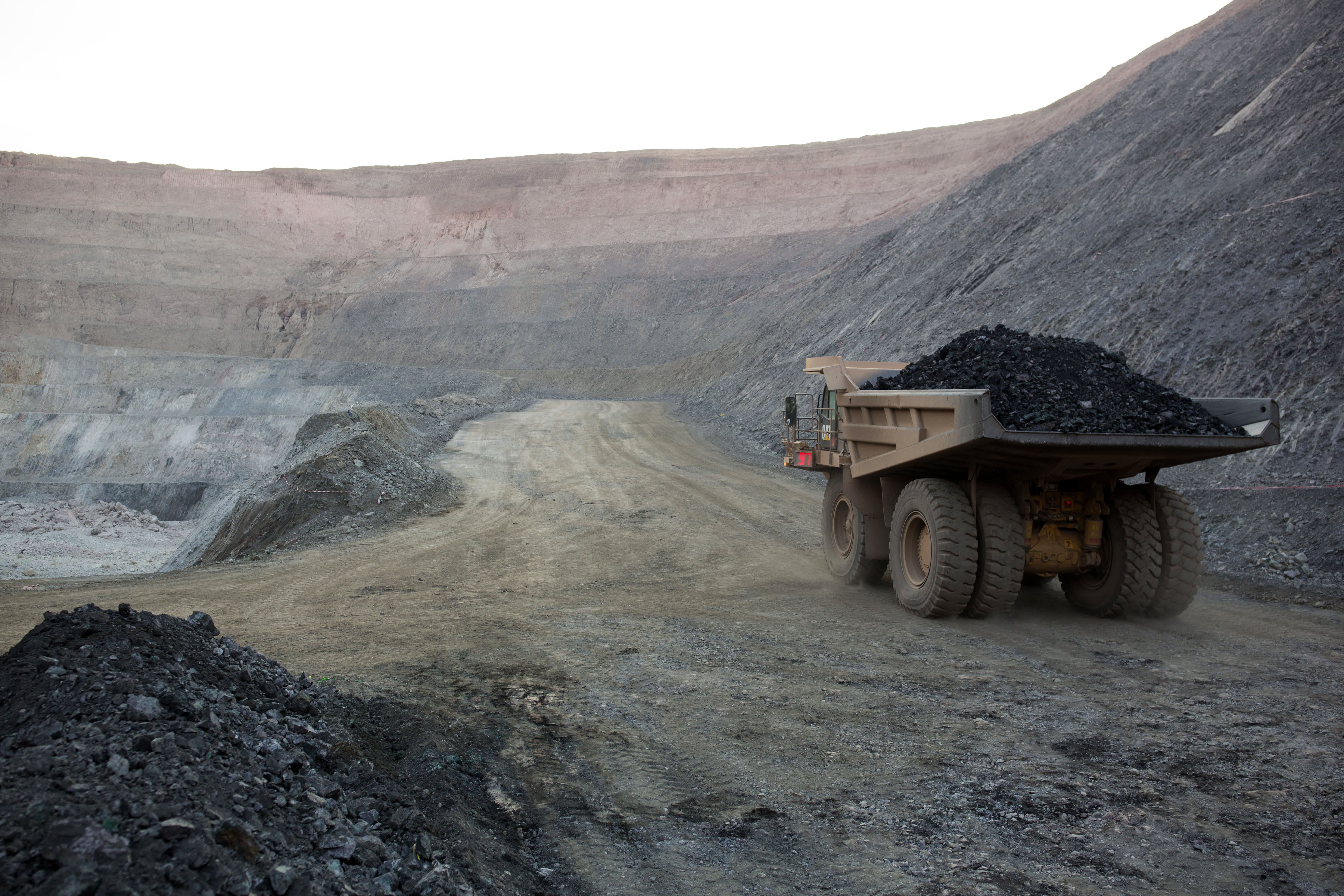
Kolwezi, DRC – The sun sets on one of the outdoor copper mines at Mutanda Mining Sarl on July 6, 2016 in Kolwezi, DRC.
Per-Anders Pettersson / Getty Images
Countries rich in natural resources have become increasingly protectionist in the past year, as Covid-19 has threatened their economies, a new study has shown.
A report released on Thursday by risk consultancy Verisk Maplecroft said that in 2020, 34 countries had seen a “significant increase” in resource nationalism, with the pandemic exacerbating an existing trend towards government intervention.
Verisk Maplecroft has determined that 18 of the 34 countries are dependent on the minerals or hydrocarbons they export, and predicted that the threat of isolationism will increase in the coming years as governments try to fix fiscal holes in the wake of the pandemic.
The mining sector will bear the brunt of the new measures, according to the report, with some of the world’s largest producers of copper and iron ore, especially in Africa and South America, which are among the top 10 countries at risk.
“It is understandable that governments are demanding additional sources of revenue in these times of fiscal constraint,” Hugo Brennan, head of mining risks at Verisk, told CNBC on Friday.
“Commodity prices have enjoyed a stellar start to 2021 and this puts the mining sector firmly on the radar of national governments.”
The top 10 of the Verisk Maplecroft Resource Nationalism Index included Venezuela, the Democratic Republic of the Congo, Russia, Zambia, Zimbabwe, Kazakhstan, North Korea, Tanzania, Bolivia and Papua New Guinea.
“These are the countries most at risk of resorting to the loudest tools in the toolkit for resource nationalism, such as uncompensated or inadequately compensated direct expropriations,” noted analysts Verisk Americas, Mariano Machado and Jimena Blanco.
In recent years, North Korea has announced a new five-year plan that analysts say confirms the decision to increase autonomy and further centralize control of the economy.
Zambia, meanwhile, has been embroiled in a lengthy legal dispute with Vedanta Resources over its attempt to liquidate Konkola Copper Mines.
President Edgar Lungu’s government has also threatened to suspend Glencore’s license to operate the Mopani copper mine in April 2020 amid tensions over the use of the asset as a swing producer.
“The subsequent move to gain a majority stake in Mopani underscores President Lungu’s desire to increase state control over Zambia’s strategic mining assets and has not made any populist credentials,” African analyst Aleix Montana told CNBC.
Kitwe, ZAMBIA – Copper is mined at the Mopani Glencore copper mine on January 9, 2019 in Kitwe, Zambia.
Ute Grabowsky / Photothek through Getty Images
Emerging markets and developing economies closed 2020 with an average 10.9 percentage point year-on-year decline in government revenue as a share of GDP, according to IMF data aggregated by Verisk. The most affected regions were sub-Saharan Africa, with 12.55 percentage points, and Latin America with 8.7 percentage points.
In addition to the highly dependent nations above, many more diversified economies have seen more pronounced, but more nuanced, emergencies in the last year towards the nationalism of their resources, according to the index.
“The countries that are going to be closest are the mining jurisdictions characterized by both a painful Covid-related economic contraction and an increase in these less explicit forms of resource nationalism,” Blanco said.
“Governments in these countries are becoming increasingly willing to intervene in the economy, use indirect expropriation, or call for increased local content requirements – opening the door to a more sophisticated but disruptive path to resource nationalism.”
In South America, the development of these “less blunt” mechanisms tends to be determined by one of two factors, analysts have suggested: ideology, as in Mexico or Argentina; or community pressure in mining areas or wider society, as in Chile and Colombia.
However, in sub-Saharan Africa, there is a more complex breadth of basic motivations.
“For example, the interventionism observed in Liberia and Mauritania is driven by deficiencies in structural governance, not by nationalist sentiment,” the report explained.
“In Mali, the transitional government’s political concerns are the issue, while in Guinea there is a need to maximize bauxite revenues – both countries are looking to revise existing contracts.”
The oil pumps are seen in Lake Maracaibo, in Lagunillas, Ciudad Ojeda, in the state of Zulia, Venezuela.
Isaac Urrutia | Reuters
Nationalist measures under social pressure tend to be more subtle, but they pose just as much risk to mining companies, Verisk analysts argued, using the example of a debate over water rights in Chile that could increase the regulatory burden and operating costs. for companies over the next decade.
Although the coronavirus pandemic was not the only factor in the recent push towards nationalism, it catalyzed a trend reflected in the 2017 index.
Verisk expects this trend to rise sharply over the next two years. In “rent-seeking mining economies”, which primarily generate government revenue from the exploitation of a particular asset, governments have developed a tendency to turn to the mining industry to support public finances, the report said.
However, analysts have suggested that mining companies should closely monitor ESG (environmental, social and governance) factors in diversified emerging economies, where more hidden methods of state interventionism are becoming the tools of choice.
“Issues related to income distribution, poverty, access to education and health care – to name a few – can trigger socio-political processes that demand more from the state,” they said.